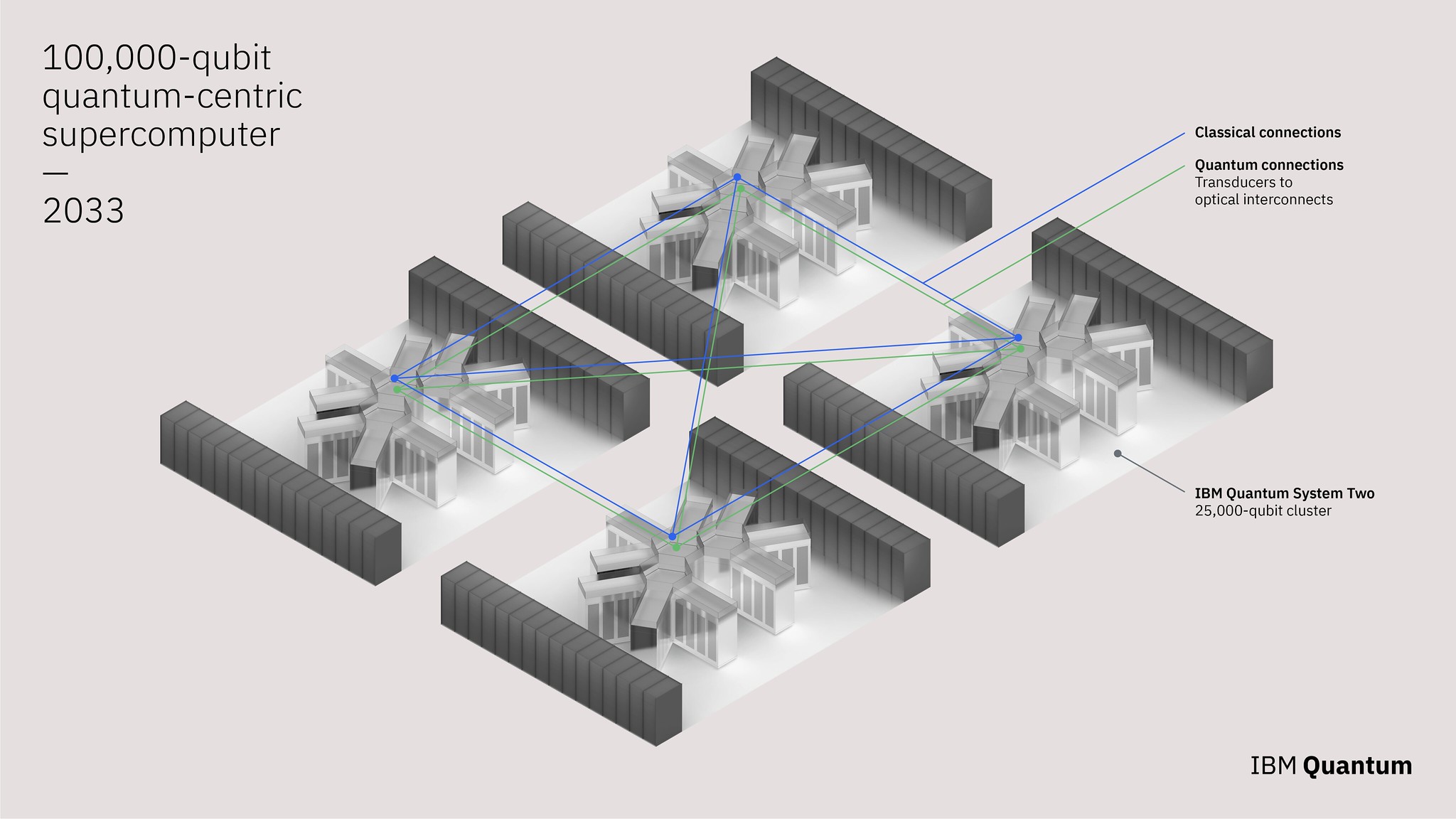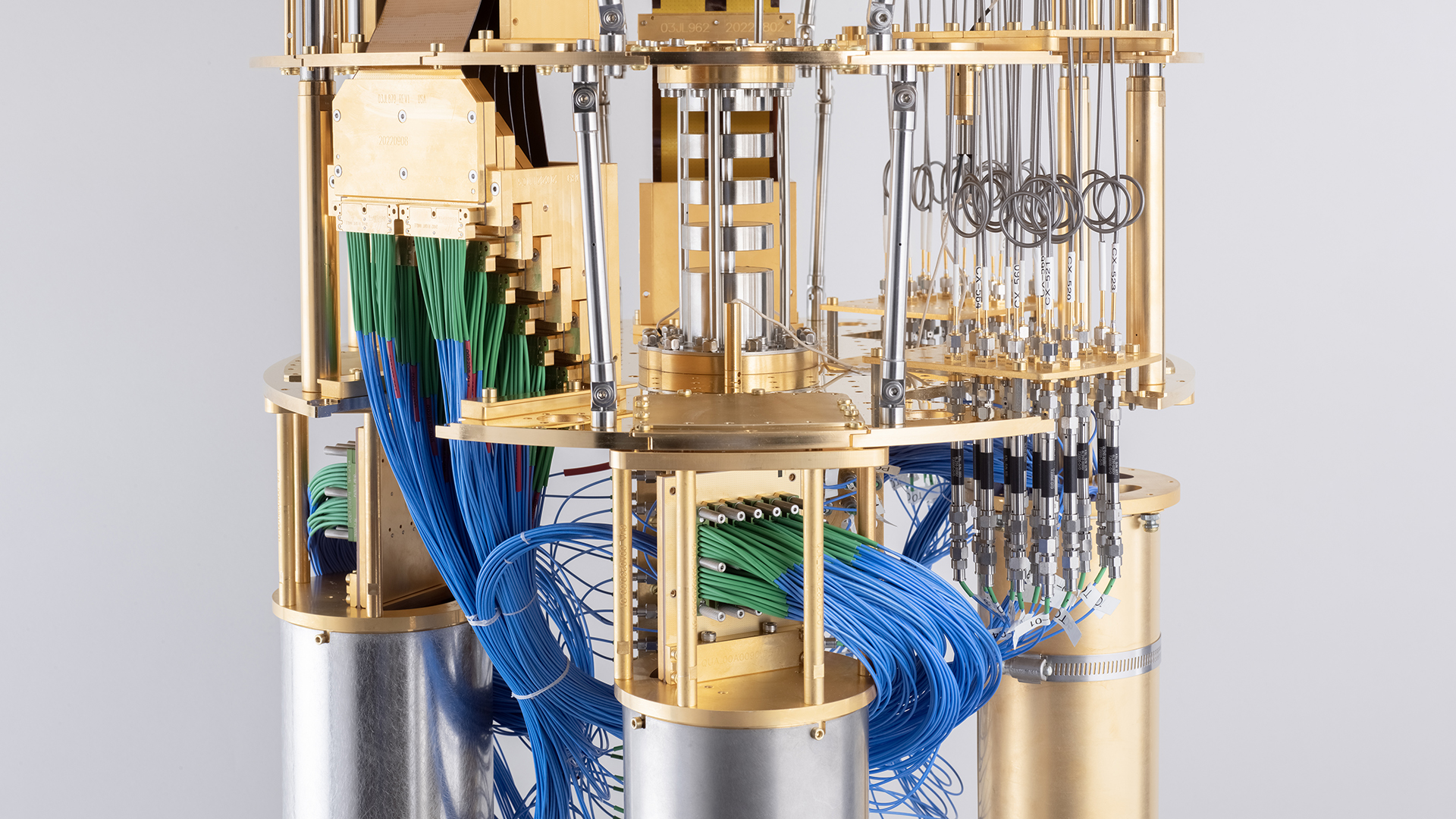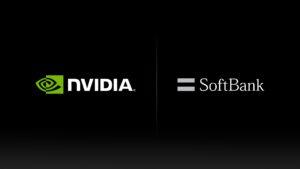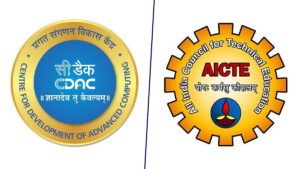Introduction
The world of computing is on the cusp of a revolution. While classical computers have served us well for decades, their reign supreme might be nearing its end. Quantum computers, with their ability to harness the bizarre laws of quantum mechanics, promise to solve problems that are currently intractable for even the most powerful classical machines. But there’s a catch: quantum computers are still in their early stages of development.This is where the recent collaboration between IBM and Pasqal comes in. These tech giants, leaders in the field of quantum computing with distinct approaches (superconducting circuits for IBM and neutral atom-based systems for Pasqal), have joined forces to tackle a critical challenge: building practical quantum-centric supercomputers.
What are Quantum-Centric Supercomputers?
Imagine a computer that combines the strengths of both classical and quantum machines. That’s the essence of a quantum-centric supercomputer.

Classical computers excel at manipulating large datasets and performing complex calculations quickly. Quantum computers, on the other hand, can tackle specific problems much faster by leveraging the principles of superposition and entanglement.
By working together, these two types of computers can overcome their individual limitations and unlock a new era of scientific discovery.
Read More: Upto 22% : Top 5 Semiconductor Equipment Makers Sales Surge in Q1 2024 – techovedas
A Collaborative Effort for Openness and Community
The core objective of the IBM-Pasqal partnership is to develop a unified approach for building these quantum-centric supercomputers.
This involves defining the software architecture. It will seamlessly orchestrate communication and workflow. It will connect classical compute clusters and various quantum computer modalities.
Importantly, this architecture will be based on open-source software, fostering wider adoption and encouraging contributions from the global tech community.
This collaborative spirit extends beyond software.The partnership includes co-sponsoring an HPC technical forum in Germany. Plans are to expand this initiative to other regions.
IBM and Pasqal aim to foster open dialogue and knowledge sharing. They are accelerating the development of a robust ecosystem for quantum-centric supercomputing.
Read More: Faster, Smarter AI: Alphawave Semi Shakes Up AI with Modular Chiplet Design – techovedas
Deep Dive into the IBM-Pasqal Collaboration on Quantum Supercomputing
Merging Strengths: IBM excels in superconducting qubits, which are tiny loops of material kept at ultra-low temperatures to exploit quantum properties. Pasqal, on the other hand, utilizes neutral atoms trapped by lasers. This collaboration allows them to leverage the strengths of both approaches. Superconducting qubits offer longer coherence times (how long they maintain their quantum state), while neutral atoms can be arranged in more complex configurations. By combining these, they aim to create more powerful and versatile quantum computers.
Software Integration Challenges: A significant hurdle in this project is developing software that seamlessly integrates and orchestrates computations between these different types of quantum hardware, along with traditional computers. This software needs to efficiently translate problems into a language that both quantum and classical systems understand.
Open Source for Faster Progress: Both IBM and Pasqal believe in an open-source approach for the software development. This allows the wider scientific community to contribute and accelerate progress. Open-source tools will also make it easier for researchers and developers to utilize these future quantum-centric supercomputers.
Focus on Practical Applications: A key goal of this collaboration is to achieve “quantum advantage” for real-world problems. This means utilizing quantum computers to tackle problems that are intractable for even the most powerful classical computers. The initial focus areas are likely to be in materials science and chemistry where simulating complex molecules and interactions is highly computationally demanding. Success in these areas could lead to breakthroughs in areas like drug discovery and advanced material development.
Standardization and Future Implications: This collaboration has the potential to set the standard for how different quantum computing platforms work together in the future. By establishing best practices for integration and communication between quantum and classical systems, they can pave the way for a more unified and interoperable quantum computing landscape.
Fast-tracking Quantum Adoption in Key Scientific Fields
A key area of focus for this partnership is materials science and chemistry. Both companies see immense potential for quantum-centric supercomputers to revolutionize these fields.
IBM and Pasqal aim to significantly advance quantum computing’s real-world applications. They combine IBM’s superconducting circuits expertise with Pasqal’s neutral atom approach.
This effort includes leveraging insights from IBM’s Materials working group. Established in 2023, the group explores optimal methods for integrating classical and quantum computation. They focus on large-scale chemistry problems.
A New Dawn for Scientific Discovery
The collaboration between IBM and Pasqal marks a significant milestone in the history of quantum computing. By combining their expertise, fostering an open-source approach, and focusing on key scientific fields, they are paving the way for a future where classical and quantum computers work in tandem to address some of humanity’s most pressing challenges.

Imagine designing new materials with previously unimaginable properties, or discovering revolutionary drugs with pinpoint accuracy – these are just a few possibilities that quantum-centric supercomputing could unlock.
Conclusion: The Quantum Revolution Beckons
The path to building robust and accessible quantum-centric supercomputers won’t be without its hurdles. Integrating these powerful machines with classical computing infrastructure and ensuring scalability and cost-effectiveness will require continued innovation and collaboration.
However, the potential rewards are immense. The IBM-Pasqal partnership serves as a beacon of hope, a testament to the power of collaboration in ushering in a new era of quantum-powered scientific discovery.
The future of computing is bright, and with continued advancements, the quantum revolution might be closer than we think.









